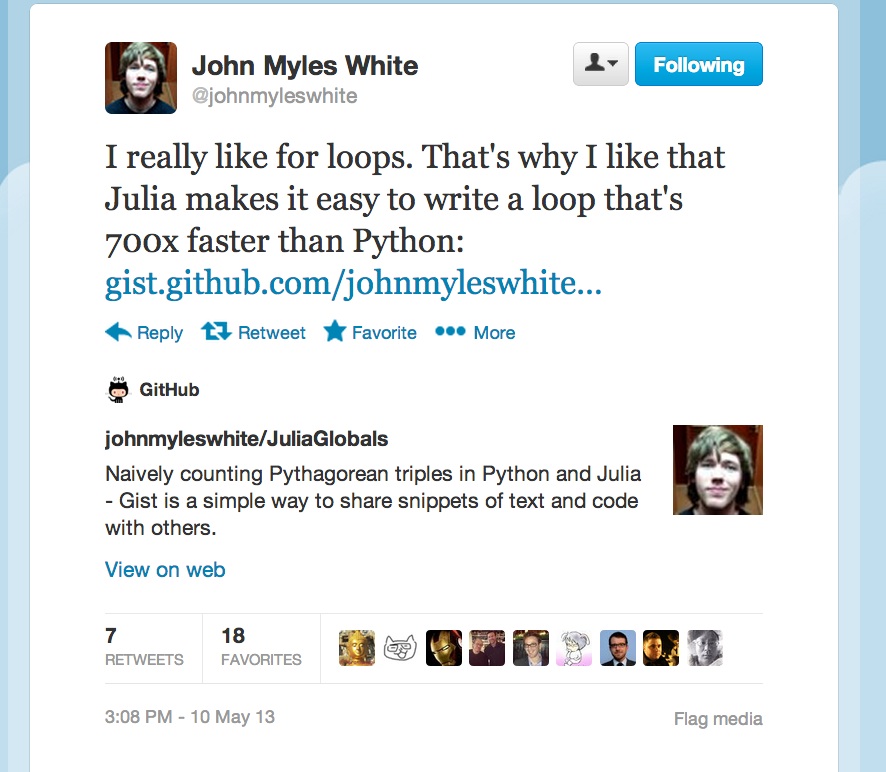Rejection/Feedback: A play in three acts
Act 1
Dear XXXX,
Thank you for coming in to interview with the team last week. Everyone enjoyed speaking with you, but unfortunately it was decided that your background and experience is not an ideal fit for the position. Please be assured that this decision was arrived at after careful and thorough deliberation.
Again, we appreciate your time, and wish you the best of success in your job search.
Sincerely,
Bea Pearson-Handler Recruiting FourPaws.com (FourSquare for your Dog!)
Act 2
Hi Bea,
Thank you for the e-mail. I enjoyed meeting with everyone and I’m very sorry to hear the news.
If it would be at all possible, it would be very helpful to me if you could provide me with any feedback regarding my interview or the hiring decision. Really, anything at all would be helpful ...

